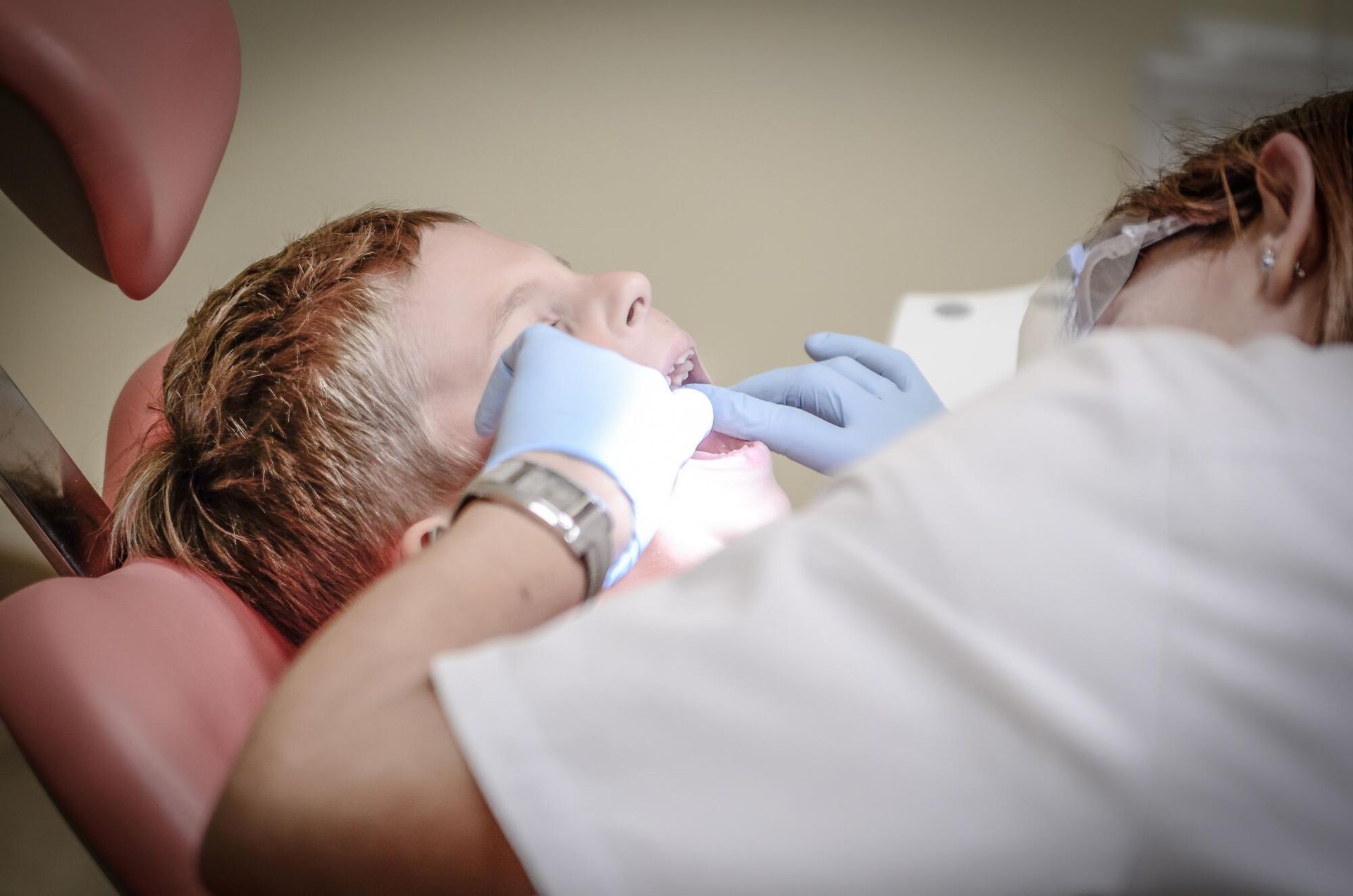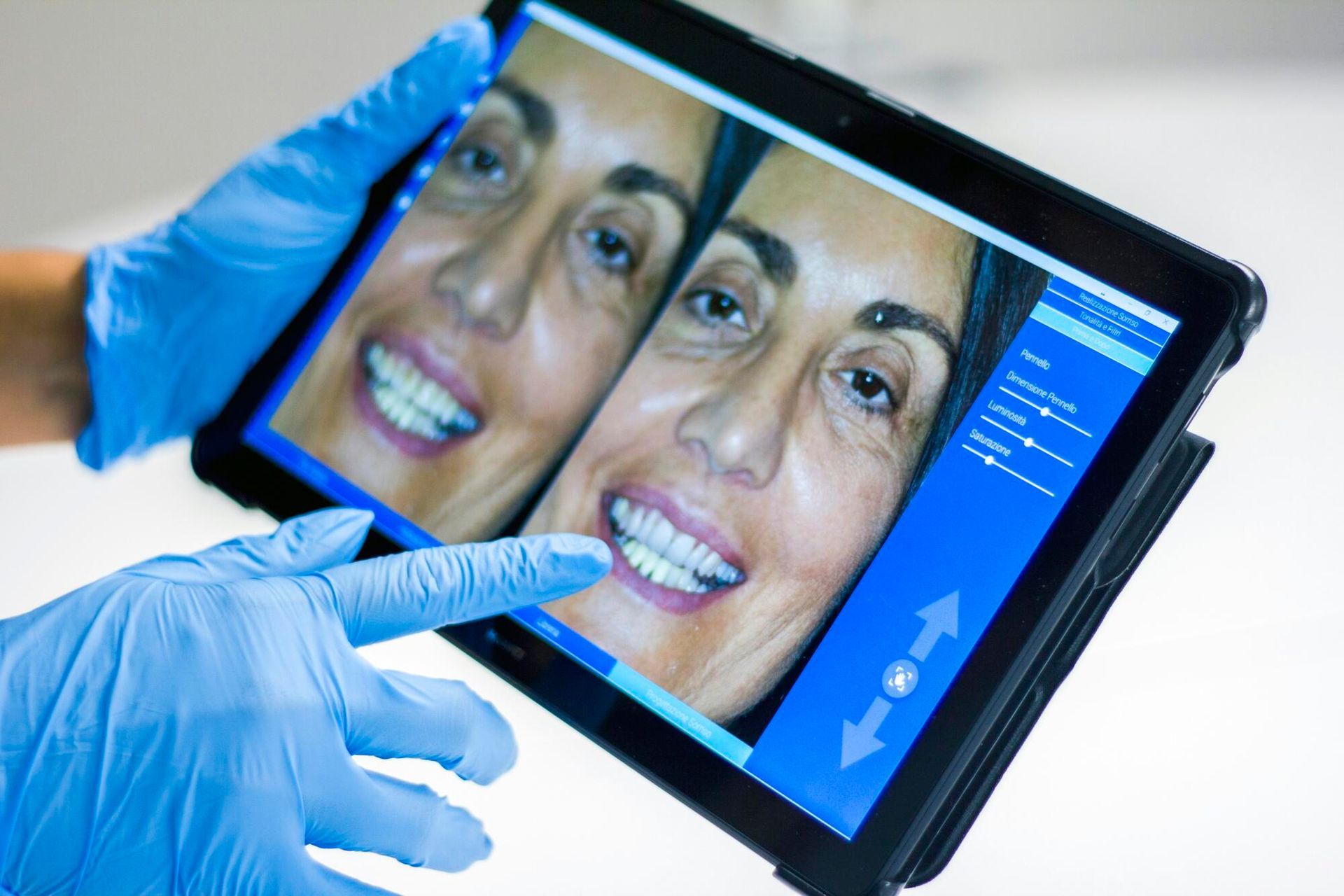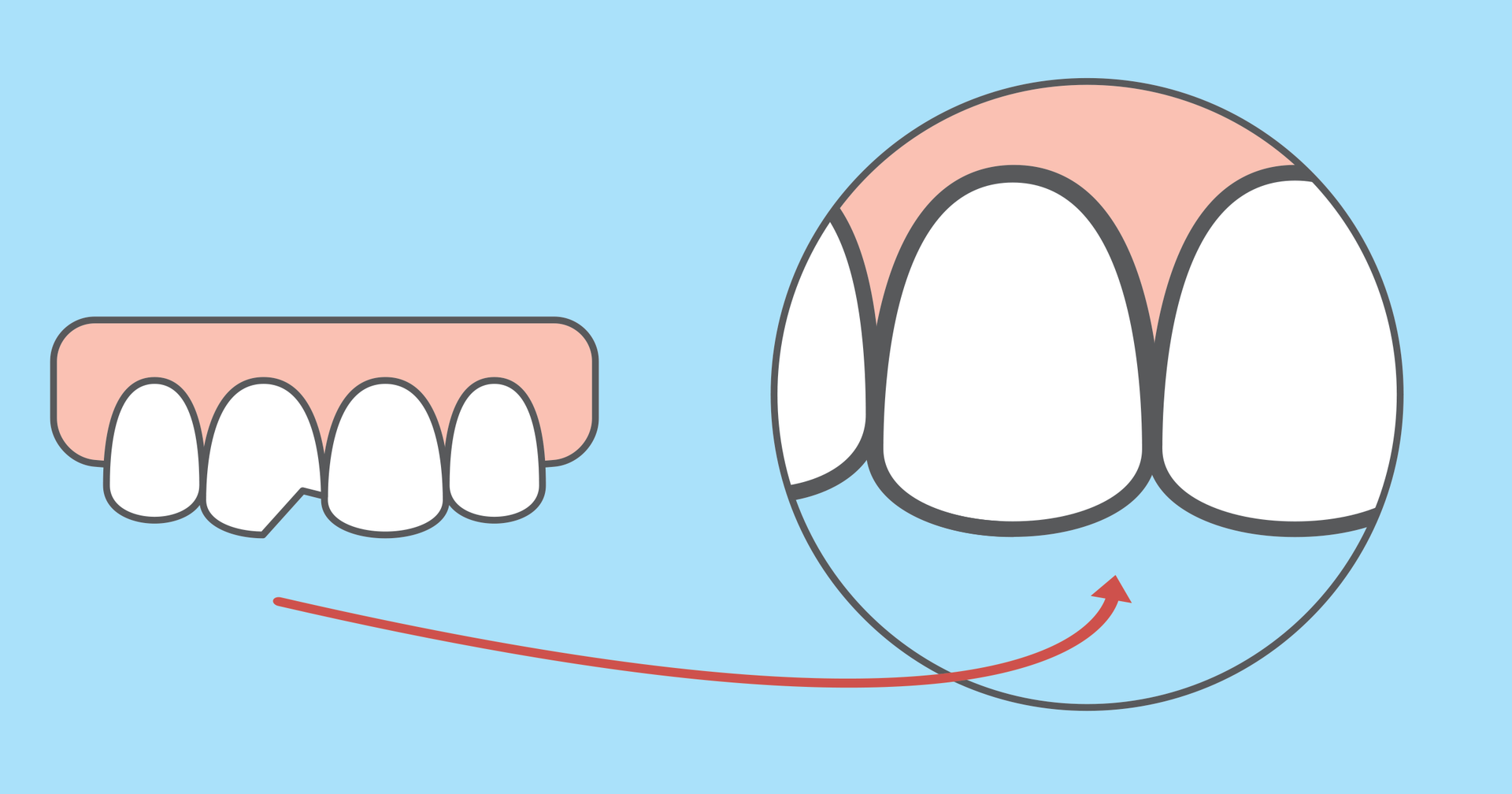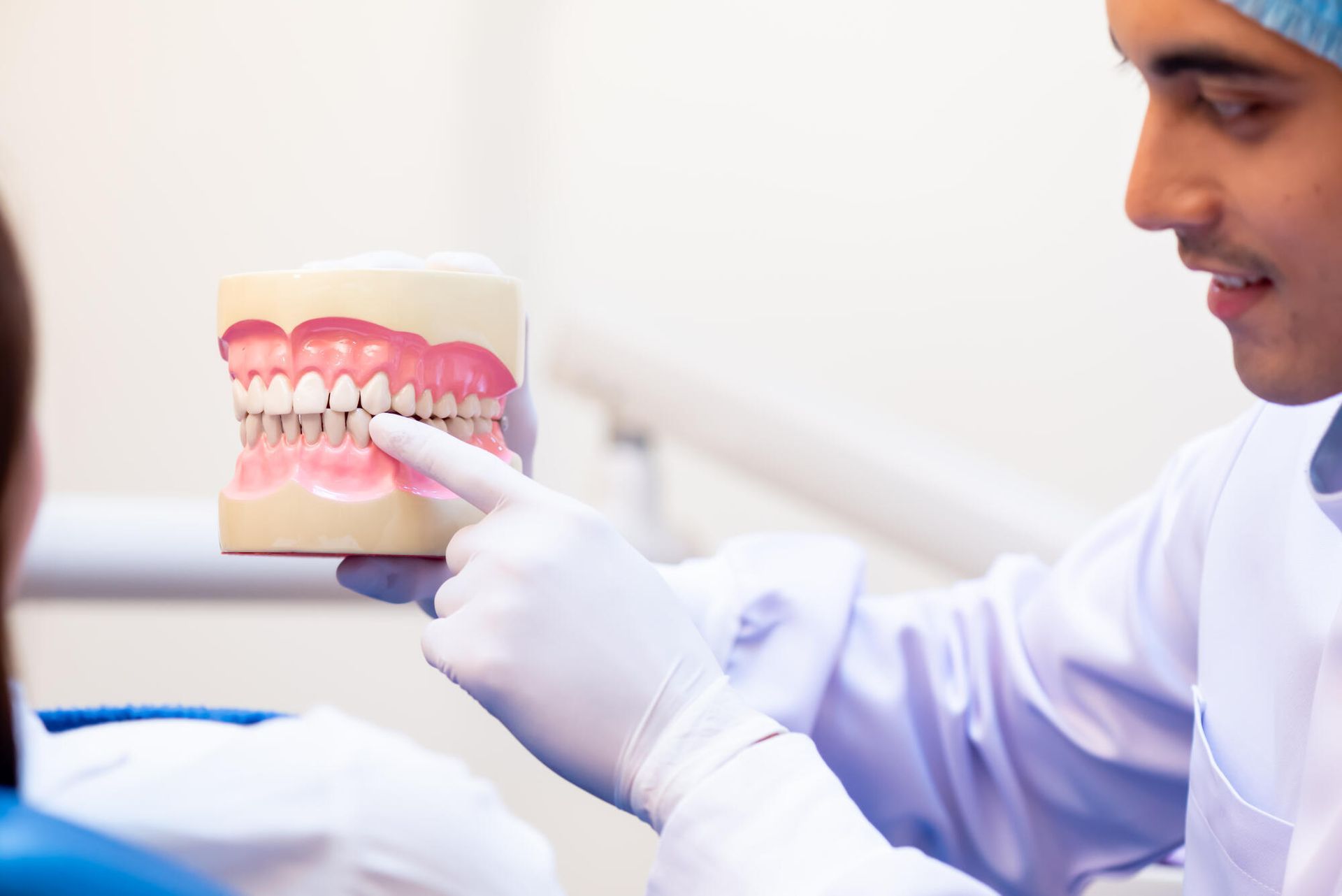What to Do When You're Scared of the Dentist But Need Treatment
Scared of the dentist but need treatment? Discover effective strategies to combat your phobia and ensure optimal oral health. Learn more now!
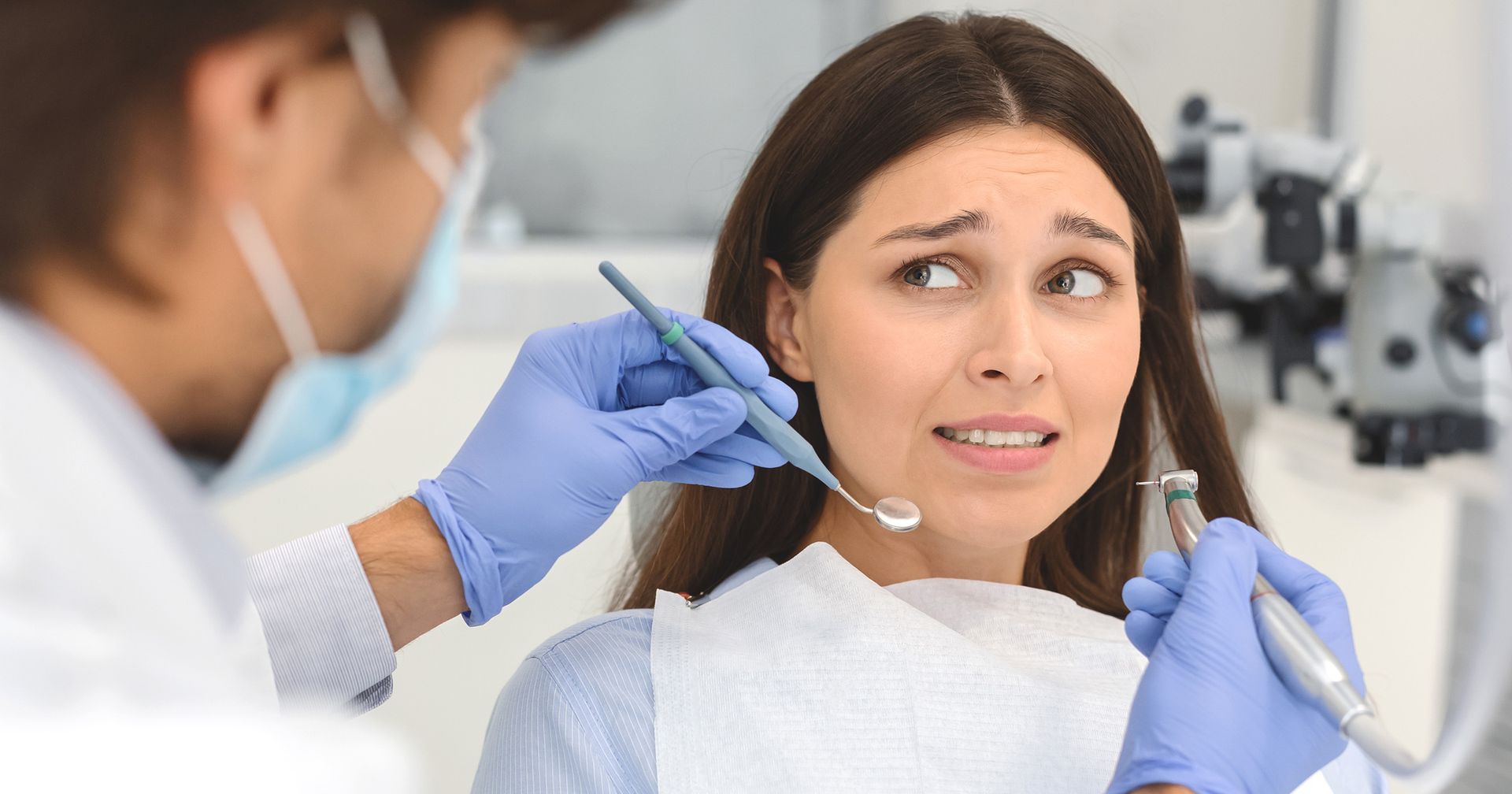
About 40% of people report experiencing dental anxiety, as noted by the Harvard School of Dental Medicine.
For many people, dental anxiety is a genuine fear that can stand in the way of necessary dental care. It leads to postponed appointments and worsening oral health.
However, dental pain doesn't always wait, especially if a checkup has been overdue for years. If you're scared of dentist but need treatment, this blog is for you.
Learn about effective strategies to combat your fear of dental treatment and ensure optimal oral health.
Understanding Dental Anxiety
Dental anxiety refers to feelings of fear, nervousness, or stress associated with visiting the dentist or undergoing dental treatments. Common triggers for this fear include:
- Past negative experiences
- General anxiety
- Depressive symptoms
- Fear of dental instruments like needles
- Loss of control
- Concerns about teeth's appearance
Avoiding dental treatments due to fear makes cavities go untreated, increasing the risk of:
- Tooth pain and sensitivity
- Gum disease
- Abscesses
- Damage to surrounding teeth
- Tooth loss
- Systemic health issues like heart disease and diabetes
Minor dental issues turn into major emergencies due to this kind of phobia. As a result, dental treatment costs increase, possibly leading to financial constraints.
Strategies for Managing Dentist Anxiety
Dental anxiety solutions can help you feel confident and in control during treatment. They enhance comfort and dental treatment outcomes.
Planning Ahead
Planning ahead means scheduling your appointment wisely. It allows more time for preparation before your dental treatment.
Planning ahead allows you to research dental procedures, helping you know what to expect. This reduces uncertainty or fear of the unknown, which can cause dental anxiety.
Planning ahead also allows for mental preparation. You can practice talking to your dentist about your fear.
Ensure that you schedule your visit when you are calm and alert. Don't visit a dentist when you feel tired, rushed, or stressed. Early mornings can be ideal for visiting a dentist because there's less time to build up anxiety.
Bring Distractors
Distractors work by shifting the patient's focus away from the dental procedure. They make the patient focus more on something neutral or pleasant.
Distractors help you focus less on discomfort or pain during treatment. They also work by preventing muscle tension, increased heart rate, and other physical symptoms of dental anxiety. They promote calmness and relaxation during treatment.
Distractors operate through the following physical and psychological mechanisms:
- Emotional buffering
- Cognitive distraction
- Reduced pain perception
- Sensory distraction
Headphones and music can provide calming, rhythmic focus during dental treatment. Ensure to create a playlist of nature sounds, calming music, or even upbeat tunes.
Other distractors that promote comfort during dental visits include:
- Mobile devices with preloaded videos or games
- Fidget toys
- Storytelling, especially for children
- Scented handkerchief or aromatherapy
Practicing Relaxation Techniques
Relaxation techniques help calm the mind, reduce physical tension, and slow down psychological responses. They help slow down rapid heart rate and breathing.
Relaxation techniques also help divert your attention from dental procedures and instruments. You stay mentally grounded throughout the procedure.
Your pain tolerance also increases. Calmness and tolerance encourage cooperation with your dentist.
Deep breathing techniques can effectively alleviate dental anxiety. Inhale in slowly through your nose for a count of four, pause for two counts, then gently exhale through your mouth for six counts. Repeat the activity for 3 to 5 minutes both prior to and during your dental appointment.
The other essential relaxation technique is mindfulness meditation. Center your attention on your breathing or physical sensations to stay grounded in the present moment. Also, recognize anxious thoughts without criticism and calmly bring your focus back to your breathing.
Progressive muscle relaxation and guided imagery can also help you overcome the fear of dental treatment. Ensure you practice relaxation techniques ahead of time.
Practicing breathing exercises the night before ensures better sleep and reduces pre-visit anxiety. Avoid caffeine and sugar beforehand, as they contribute to anxiety.
Choosing the Right Dentist
A professional dentist ensures that you feel comfortable and understood. This can encourage you to maintain regular appointments. You also experience less stress before and during visits.
If you're looking for a trustworthy local dentist in Catoosa, Oklahoma, consider Dental Arts. Our professional team explains procedures step-by-step and checks in frequently. This helps keep our patients informed and comfortable.
Some dentists also help patients cope with stress by leading them through deep breathing techniques or progressive muscle relaxation exercises. When choosing a dental specialist, evaluate their office environment carefully. Choose one who has a welcoming and peaceful office atmosphere.
At Dental Arts, we also personalize your care based on your anxiety level or past experiences. We do this to ease discomfort and prevent future fear.
Other factors to consider when choosing a dentist include:
- Pain management options
- Convenience and accessibility
- Experience with anxious patients
- Communication style
- Reviews and referrals
Consider Sedation Dentistry
Sedation dentistry calms the nervous system for a more comfortable experience. It promotes hyper-awareness of the dental environment, helping reduce phobias.
It can cause partial memory loss of the dental treatment, preventing negative associations in future treatments. Sedation dentistry makes patients feel less tense in their muscles during dental care.
Sedation enhances patient cooperation and ensures procedures progress more smoothly for all parties involved. This is especially beneficial for children, patients with special needs, or those with severe phobias.
Common forms of sedation dentistry for managing dentist anxiety include:
- Oral sedatives
- Nitrous oxide
- General anesthesia
- Intravenous (IV) sedation
Nitrous oxide or laughing gas helps alleviate mild dental anxiety, while oral sedatives reduce moderate anxiety. General anesthesia and IV sedation are for severe dental anxiety.
Scared of Dentist But Need Treatment? Breaking the Cycle of Fear
Are you scared of the dentist but need treatment? You don't have to suffer in silence or pain. A professional dentist, like the Dental Arts, can guide you through various relaxation techniques and also administer sedation to help ease anxiety.
Our team leader, Dr. Soren Michaelsen, has a Doctor of Dental Surgery degree from OU College of Dentistry. We pursue ongoing education to stay ahead in technology and provide our patients with the most effective care.
Your comfort is our priority; and your healthy smile is just one visit away!
Call us today.
